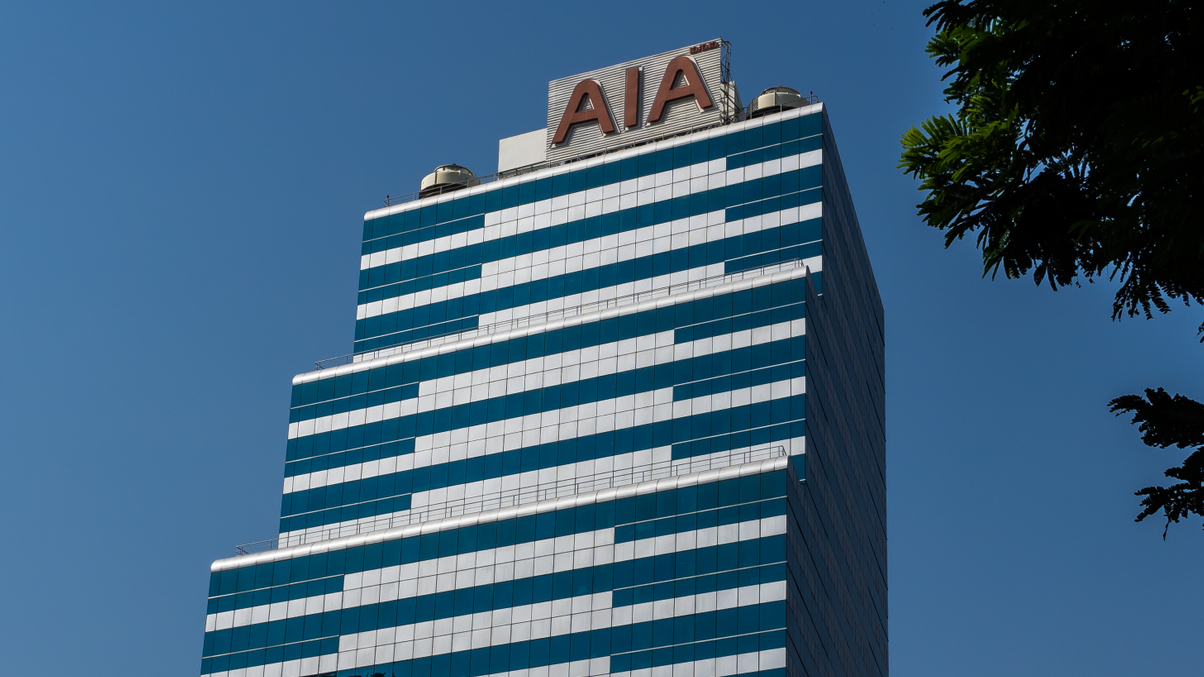AIA Thailand adds voice to RBC2 concerns
The CIO of the Thai insurer joins the chorus of concern about how the second phase of the risk-based capital regime might affect investments.

A growing chorus of Thai insurers are bracing for the impact of a tougher risk-based capital framework but as long as bond yields stay low it is unlikely to significantly dampen demand for risk assets such as listed company shares, thinks one leading player.
Sign in to read on!
Registered users get 2 free articles in 30 days.
Subscribers have full unlimited access to AsianInvestor
Not signed up? New users get 2 free articles per month, plus a 7-day unlimited free trial.
¬ Haymarket Media Limited. All rights reserved.


